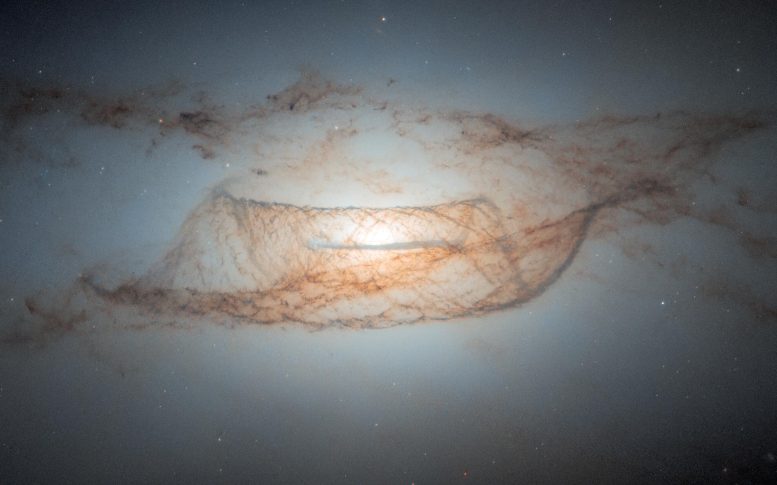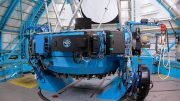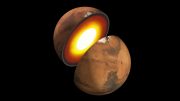NGC 4753, captured by the Hubble Telescope, reveals intricate dust structures and a dark matter halo. This galaxy serves as a crucial site for studying galactic formation and measuring cosmic distances.
Featured in a new image from the NASA/ESA Hubble Space Telescope is NGC 4753, a lenticular galaxy viewed nearly edge-on. These galaxies are characterized by their elliptical shape and faintly defined spiral arms.
Hubble’s Sharpest Image
This image is the object’s sharpest view to date, showcasing Hubble’s incredible resolving power and ability to reveal complex dust structures. NGC 4753 resides around 60 million light-years from Earth in the constellation Virgo and was first discovered by the astronomer William Herschel in 1784. It is a member of the NGC 4753 Group of galaxies within the Virgo II Cloud, which comprises roughly 100 galaxies and galaxy clusters.
This galaxy is believed to be the result of a galactic merger with a nearby dwarf galaxy roughly 1.3 billion years ago. NGC 4753’s distinct dust lanes around its nucleus are believed to have been accreted from this merger event.
Role of Dark Matter
It is now believed that most of the mass in the galaxy lies in a slightly flattened spherical halo of dark matter. Dark matter is a form of matter that cannot currently be observed directly, but is thought to comprise about 85% of all matter in the Universe. It is referred to as ‘dark’ because it does not appear to interact with the electromagnetic field, and therefore does not seem to emit, reflect or refract light.
This object is also of scientific interest to test different theories of formation of lenticular galaxies, given its low-density environment and complex structure. Furthermore, this galaxy has been host to two known Type Ia supernovae. These types of supernovae are extremely important as they are all caused by exploding white dwarfs which have companion stars, and always peak at the same brightness — 5 billion times brighter than the Sun. Knowing the true brightness of these events, and comparing this with their apparent brightness, gives astronomers a unique chance to measure distances in the Universe.










Be the first to comment on "Hubble’s Sharpest View: A Lenticular Galaxy’s Dust and Dark Matter Revealed"